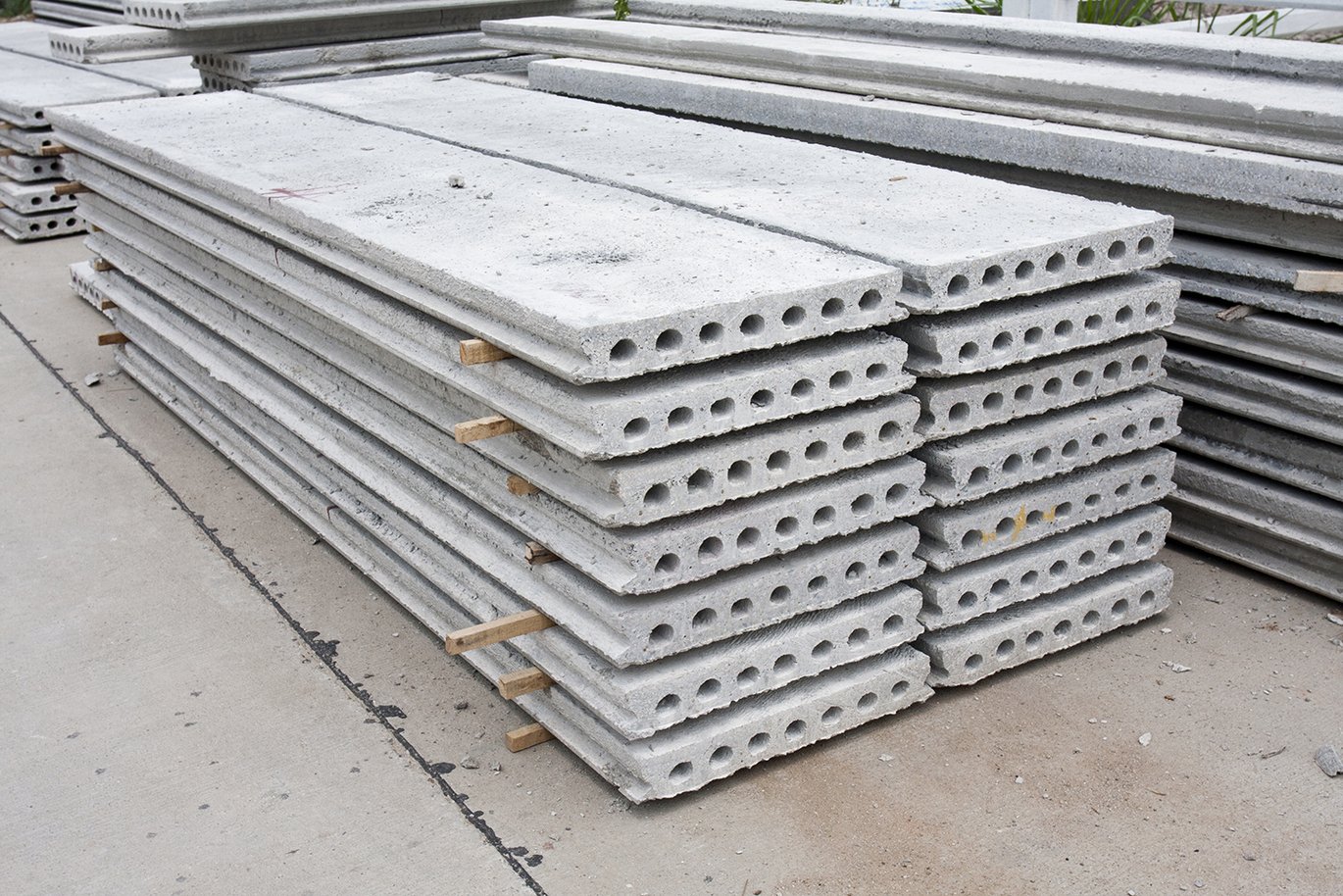Danish project aims for direct reuse of prefab elements in new construction
A new research and development project will bring together the entire value chain in the Danish construction sector to explore the huge, unreleased potential of reusing in new buildings old, prefabricated concrete elements from existing buildings that are to be demolished.

Today, the cement and concrete industry accounts for approx. 8 per cent of total global carbon emissions. There is therefore a pressing need to uncouple the ever-increasing use of cement and concrete from these emissions, and further challenges with scarcities of raw materials for concrete production call for better utilisation and protection of resources.
A new research and development project called (P)RECAST, with funding of DKK 6.9 million from the Environmental Technology Development and Demonstration Programme (MUDP) under the Danish Ministry of the Environment, will now make it possible to reuse entire concrete elements from existing buildings as load bearing structures in new buildings. The project aims to introduce 'new' concrete elements with low carbon footprint and high resource utilisation.
"We’ve been using prefabricated concrete elements in Danish construction since the 1960s. Many buildings that are constructed of prefabricated elements are being demolished, not because the technical lifetime of the concrete elements has expired, but for cultural reasons, for example. Therefore, there is a huge potential in reusing these elements instead of just crushing them as we have otherwise been doing in the past," says Associate Professor Annette Beedholm Rasmussen from the Department of Civil and Architectural Engineering at Aarhus University.
The entire value chain in the Danish construction sector is represented in the project, from demolition companies to contractors, architects and engineers, building owners and knowledge institutions, as well as Danish Standards and the industry organisation Dansk Beton.
"Direct reuse of concrete elements requires new knowledge and new ways of working for all the players involved in the process. The project will make it possible to directly reuse concrete elements by solving the challenges through the entire value chain, from demolition to incorporation into new buildings, and thereby the project will ensure the technical quality of the reused concrete elements," says project manager Katja Udbye Christensen from the Danish Technological Institute in a press release.
When concrete buildings are demolished today, the practice is to crush the concrete elements and use the rubble for roads or as aggregates in new concrete. But using the old elements almost exclusively for this form of down-cycling is a bit of a shame according to Annette Beedholm Rasmussen, because further processing of the material still means high carbon emissions.
Direct reuse of the concrete elements is very rare, however. Among other things, this is because of the complexity of direct reuse, as well as the lack of legislation and standardisation in the area.
"One of the things that we will be investigating in the project at Aarhus University is how we can document that the concrete elements actually have the required strength for reuse. Therefore, we will be doing full-scale experiments on whole elements as well as developing and testing new concepts for the connections between elements. We will also develop new calculation models to make sure that reusing old elements complies with modern building standards and that those old elements can be included in new buildings as durable components," says Annette Beedholm Rasmussen.
The project includes the Danish Technological Institute, Aarhus University, GXN Innovation/3XN, Per Aarsleff, Søndergaard, G. Tscherning, COWI, Peikko Denmark, Hi-Con, AP Estates, Brabrand Boligforening, Fonden Danish Standards and Dansk Beton.
The project is being funded by the Environmental Technology Development and Demonstration Programme (MUDP) under the Danish Ministry of Environment and it will run over 2.5 years.
Contact
Associate Professor Annette Beedholm Rasmussen
Department of Civil and Architectural Engineering
Mail: abra@cae.au.dk
Tel.: +4523670263
